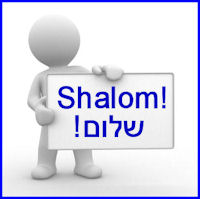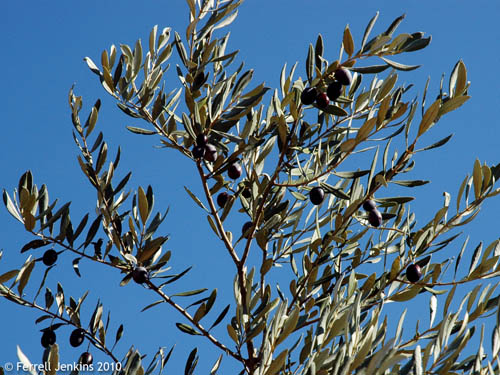There are few other countries that have contributed
more to the field of classical music than Italy. Many musical terms are in
Italian (allegro, legato, rubato, forte, crescendo, etc.). Italian art songs
and opera songs are among the staples of any serious voice student’s
repertoire. Much of the development of Western classical music, such as
harmony, notation, and scales, were developed in Italy. And the Italians take
all of this with pride. So, it’s no wonder that music is such an integral part
of Italian culture.
Opera is by far the genre most associated with
Italian music and is particularly close to their hearts. The first opera in a
form as we know it (there were other forms of music utilized on the stage
before this) is widely attributed to Claudio Monteverdi. Generally, Naples and
Venice were the main cities where these traditions grew out of and developed.
Throughout the centuries vocal styles and composition styles changed, and of
course each composer added his own contributions, but essentially the core of
this tradition remained true to itself. Some of the most well-known opera
composers include Alessandro Scarlatti, Aldo Clementi, Gioacchino Rossini,
Gaetano Donizetti, Vincenzo Bellini, Giuseppe Verdi, and Giacomo Puccini.
There was also quite a bit of instrumental music
written as well. Many of the same opera composers also wrote other styles of
work. There were several different types of instrumental compositions that were
developed by Italian composers. These styles became commonly used in the canon
of classical music and intensely studied. However, composers were also
influenced by the music from other musical capitals of Europe. Some of these
instrumental compositions include concertos, symphonies, string quartets, and
others. Italian composers of note who primarily wrote instrumental music include
Arcangelo Corelli, Antonio Vivaldi, Luigi Cherubini, Domenico Scarlatti, and
Ottorino Respighi.
Of course for a country where the Roman Empire and
the Vatican is based in, it shouldn’t come to any surprise that there is a
plethora of sacred music here as well. From its earliest days, sacred music has
remained an important part of Italian music. Gregorian chants and Renaissance
polyphony are often studied and still performed as great examples of Italy’s
early music traditions. Almost all of this music is sung in Latin, the language
of the church during this time. Giovanni da Palestrina is one of the more
influential composers of early music in Italy.
Believe it or not, Italy doesn’t really have a
national folk music style. Opera is about as close as you’ll find to a
“national” style, but it’s not folk music. Each region and town in Italy has its
own styles of folk music and folk dancing. There are even different terms for things
in towns that are only separated by less than a mile. However, ballads,
lullabies, and other styles span across the land in its broadest terms.
Probably one of the most well-known forms of dance is the tarantella. This
dance characterized by its quick 6/8 steps was once thought to cure the bite of
a tarantula spider. One really great example of a tarantella is in the wedding
scene of the movie Godfather (1972).
I found a ton of Italian rock musicians listed (as
well as other genres), and many of these were available on Spotify. I just
picked a few to listen to in genres I generally enjoy. One band I listened to
was Afterhours. They have a progressive rock feel to their music, coupled with
a kind of ambient/psychedelic sound at times. I like their sound.
Another band that I really like—I’ve known them for
years— is Lacuna Coil. They are a hard rock band with a gothic sound and a
female lead singer. I absolutely love this style of music. They remind me of
the band Evanescence at times. I really wish there were more bands out there
like this.
I listened to the band Gabin. It’s kind of a mix of
electronica with dance but with elements of blues and funk. I was immediately
drawn to this. The album I listened to was Soundtrack
System, and I thought it was interesting and intriguing.
And then we have Negrita. The name alone reminds me
of the alternate term for the Brazilian dessert brigadeiros (which are awesome
no matter what you call them. I usually call them “gone”). They have a pretty
standard rock feel to their music. I really liked what I heard. I also noticed
they sing mostly in Italian but with a little English mixed in as well. Of
course. It’s only the cool thing to do. Embrace it.
Finally, time for some Italian punk music from Punkreas.
I love all genres of punk music; this band had a lot of elements of the classic
punk bands of the late-1980s and early-1990s. I loved what I heard. It’s
definitely the kind of music you want to play loud in your car.
Rhapsody of Fire is a folk metal band, and I have
to give them dap for some nice classically inspired string parts. They were
definitely an interesting listen that didn’t leave me disappointed, albeit I
felt like I was listening to the soundtrack of a 1980s B-movie horror musical.
But if this were the soundtrack, I’d at least maybe give it a shot.
Le Orme gave me the impression of being Italy’s
version of Pink Floyd and the Velvet Underground all rolled into one. I love
both of those bands, so I was super into this. And it was sung in both English
and Italian. It had every element of the 1970s in it: harmonious background
vocals, an organ, a tambourine, rhyming the words “summer” with “lover.” I’m
not sure if I’ve ever mentioned this before, but I’m a sucker for bands that
use certain instruments, and organs are one of those instruments (the piano and
accordion are the other two). Alphataurus is another band that is kind of in
this same category. I really liked what I heard from them, too.
There were several Italian hip-hop artists I came
across. One was called Articulo 31 who mixed hip-hop with rock. There were some
good things going on here. Sangue Mistro was kind of hard to place. Their music
reminded me of a cross between Cypress Hill and Atmosphere. I kind of liked
this, and I think I need to listen to this more. Fabri Fibra is definitely more
hard-core and mainstream American-style (actually, I think he probably uses a
little more elements of French-style rap rather than American-style). Clementino is another rapper who actually
reminds me of Beanie Man and a few other dancehall musicians. And finally, I
listened to Caparezza. I kind of liked what I heard. There are some subtle
elements borrowed from electronica music in his music, but he also uses
acoustic instruments as well. It gives his music an interesting feel to it, and
I like it.
Up next: the food
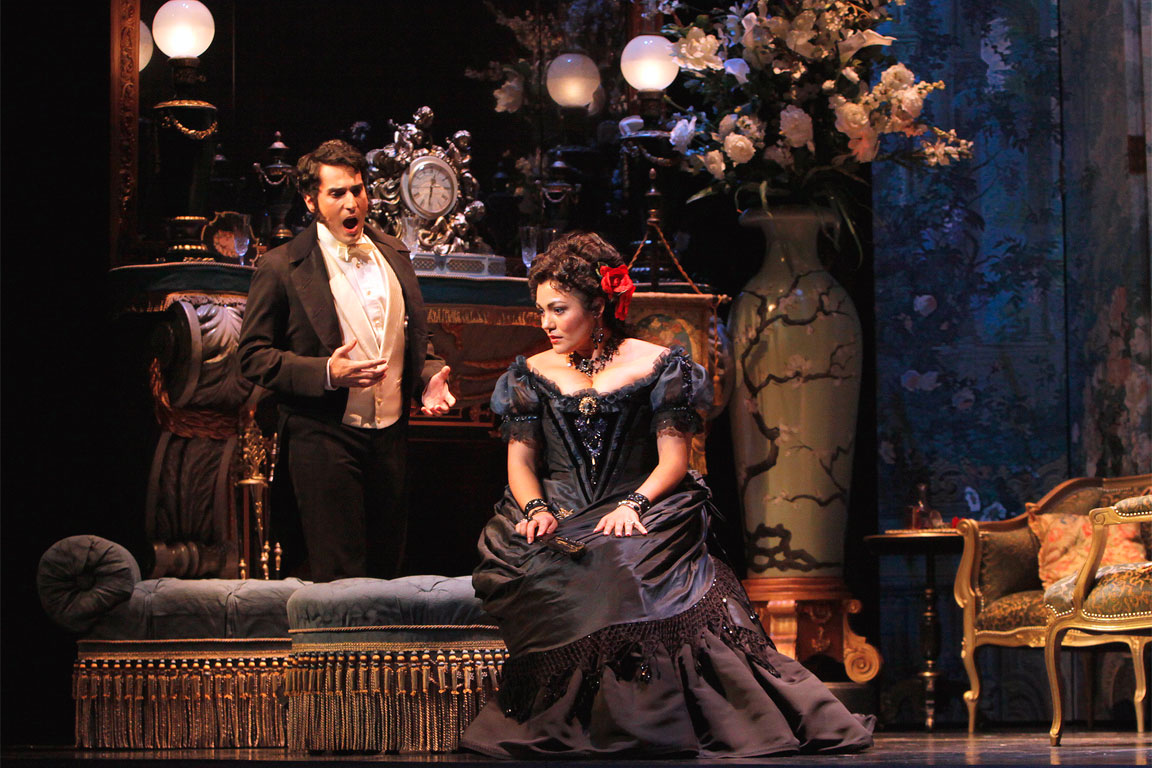


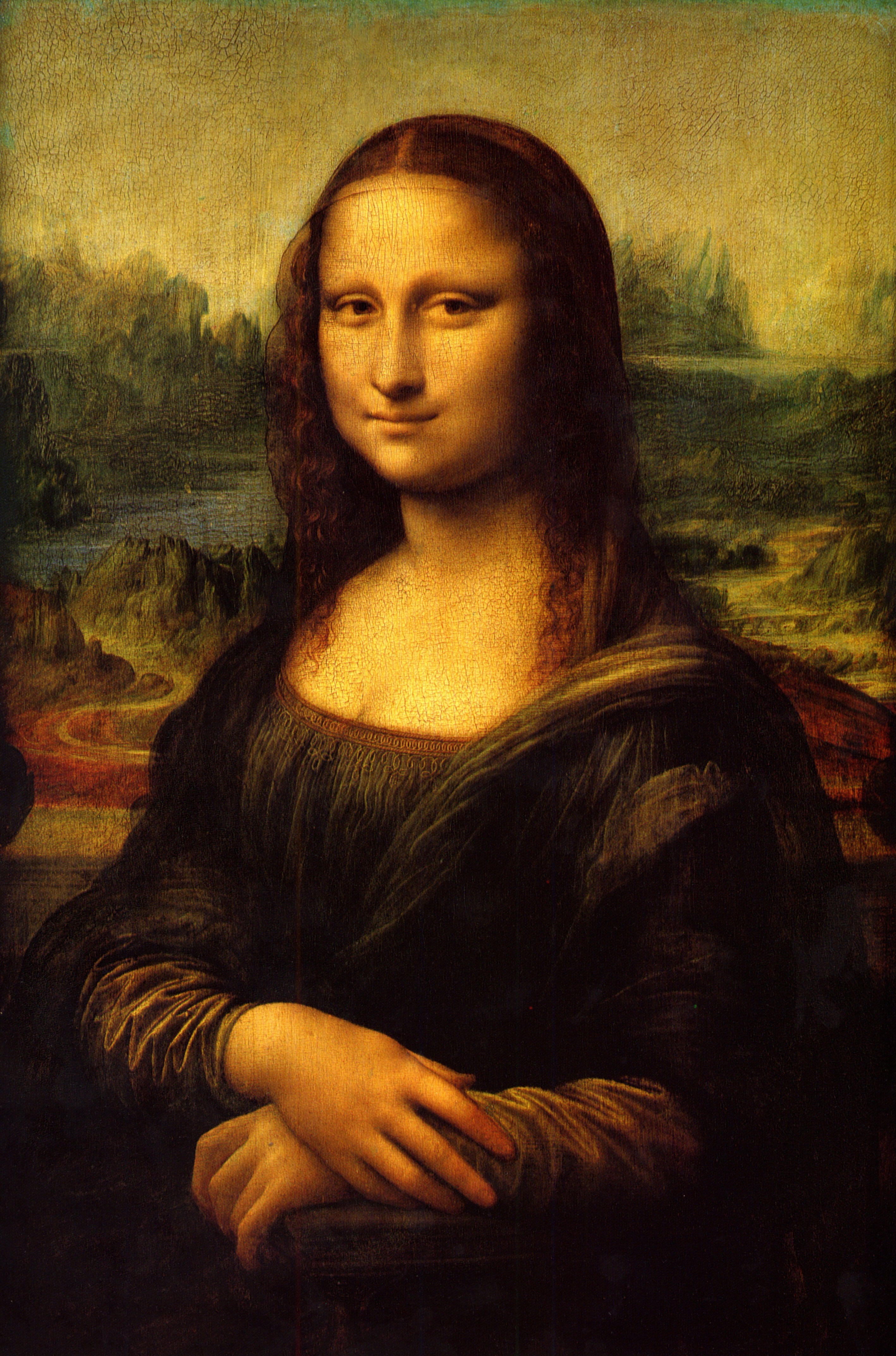
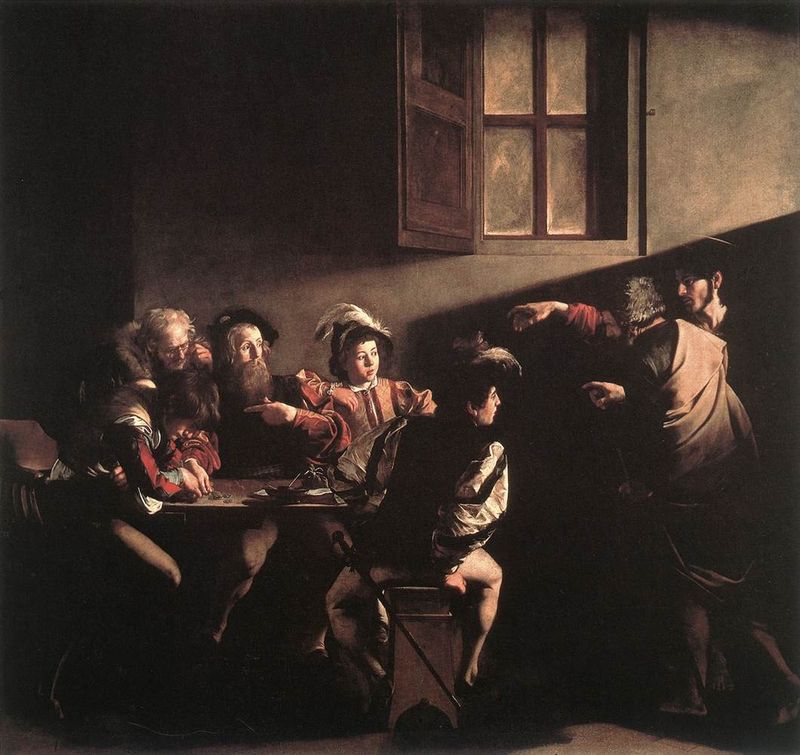







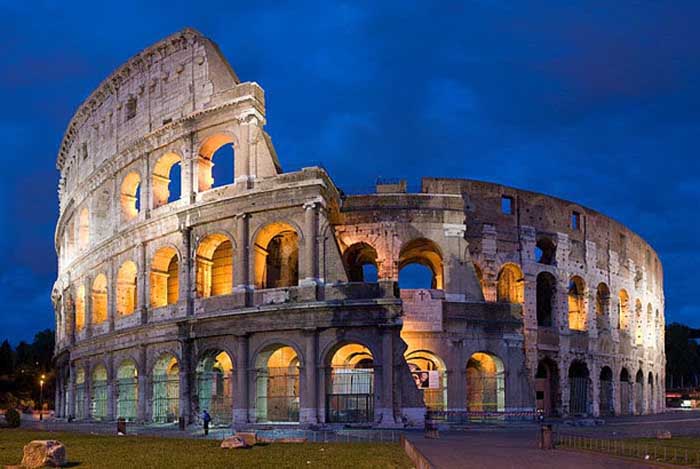
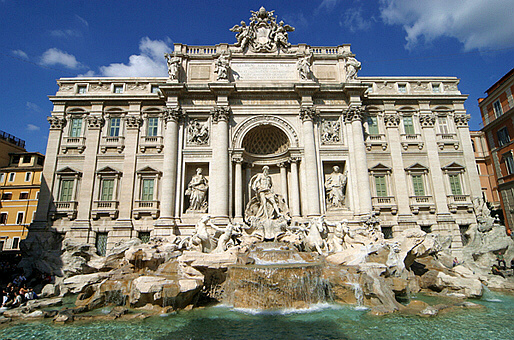










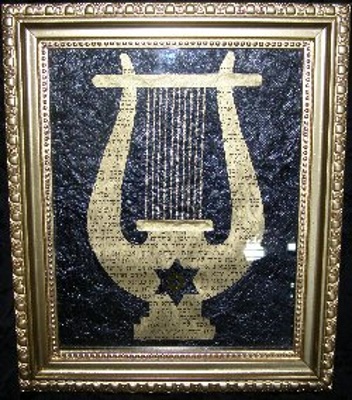




.jpg)
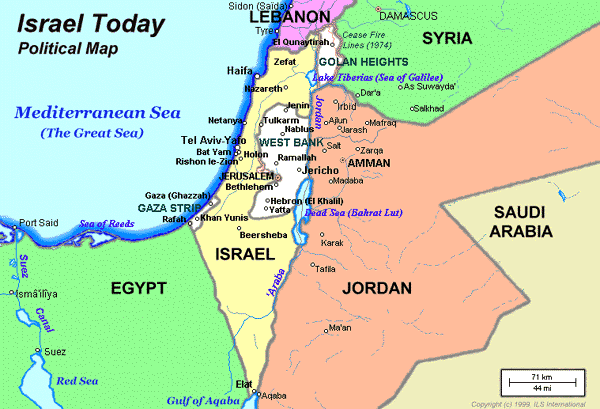

.jpg)


